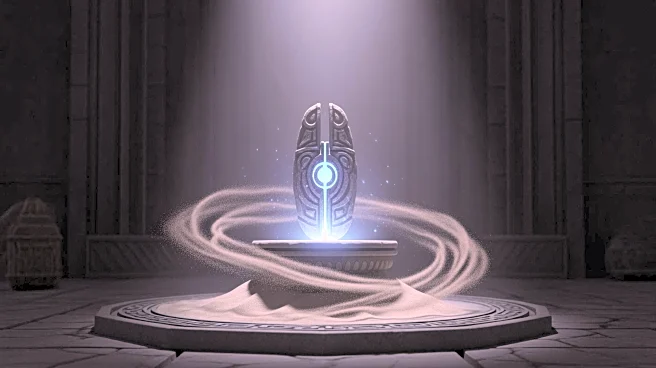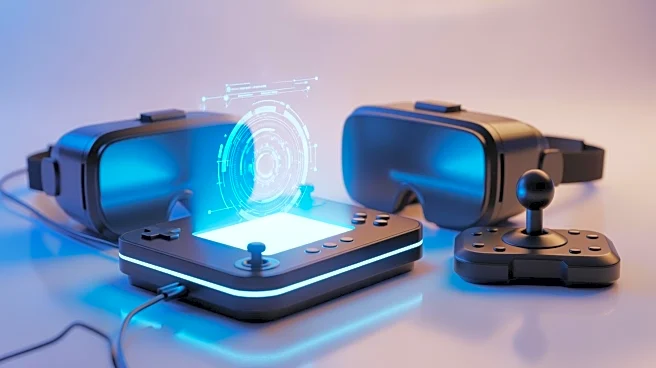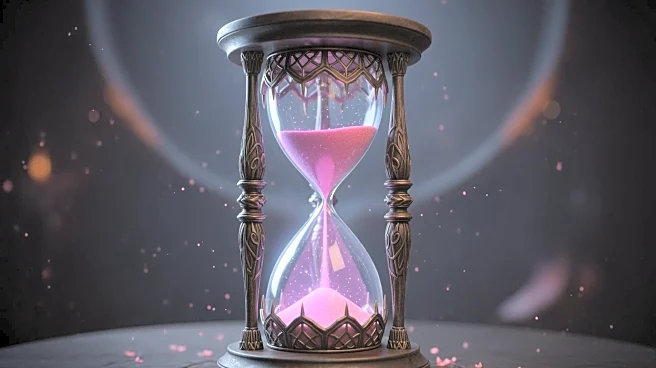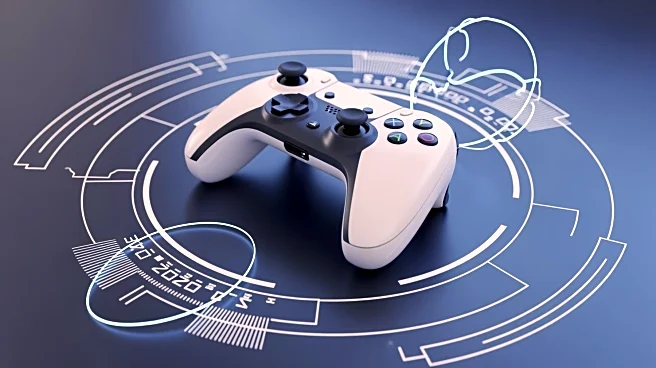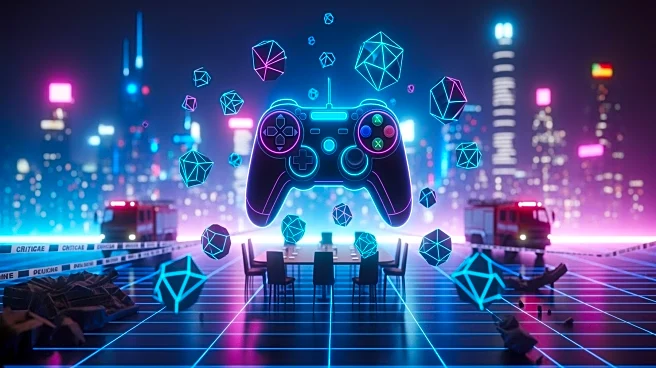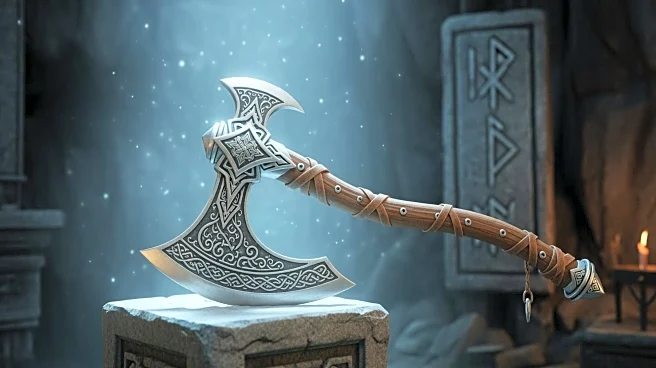What's Happening?
Loulan: The Cursed Sand, a new action-RPG, has been officially announced, allowing players to control a skeletal warrior named Cursed Sand on a quest to rescue a princess. The game, inspired by the Loulan mummies and desert sands of China, features a dual-form
protagonist who shifts between Sand Form and Bone Form. Developed by ChillyRoom and supported by Sony's China Hero Project, the game blends classic arcade-style combat with modern gameplay ideas. It is set in a fantastical version of the ancient Silk Road, with diverse factions and landscapes.
Why It's Important?
Loulan: The Cursed Sand represents a growing trend of incorporating cultural elements into gaming, showcasing Chinese folklore and landscapes. This could enhance cultural representation in the gaming industry, attracting a broader audience and fostering cross-cultural appreciation. The involvement of veterans from renowned studios like Santa Monica Studio and From Software suggests high-quality production values, potentially setting a new benchmark for action-RPGs. The game’s unique mechanics and design could influence future RPG developments, encouraging innovation and diversity in game narratives.
What's Next?
While Loulan: The Cursed Sand does not have a release date yet, it is expected to launch on PC and PS5. The gaming community anticipates further announcements and gameplay previews. The success of this game could impact the visibility and support for other projects under Sony's China Hero Project, potentially leading to more culturally inspired games. Developers and players alike will be watching for how well the game integrates its cultural themes with engaging gameplay.
Beyond the Headlines
The game’s development underlines the importance of cultural diversity in gaming, potentially influencing industry standards for narrative and design. It raises ethical considerations about cultural representation and authenticity, encouraging developers to explore and respect diverse cultural narratives. The game’s unique blend of traditional and modern elements could inspire long-term shifts in how games are conceptualized and marketed.
